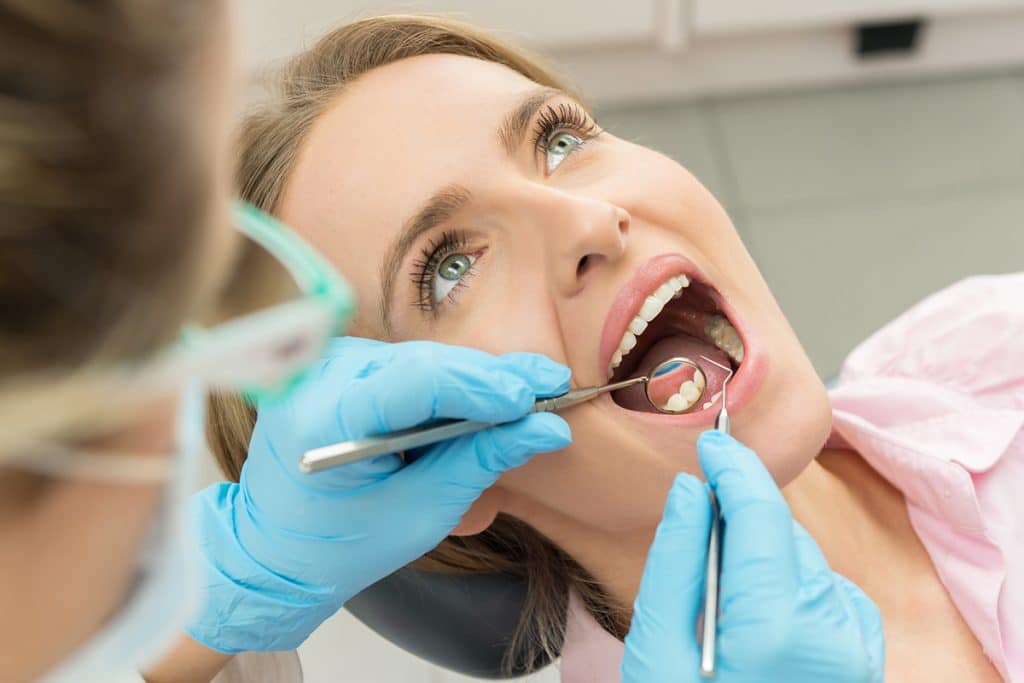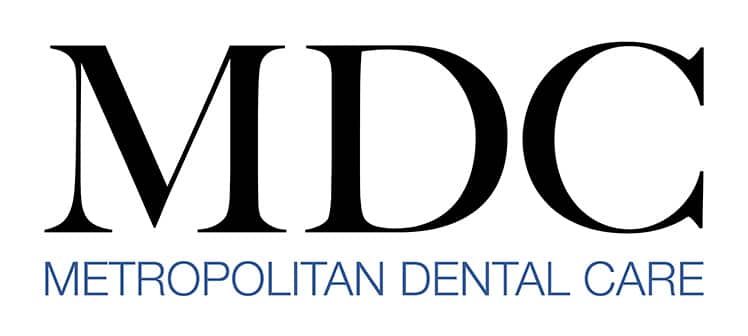A Complete Guide to Flossing Teeth

The American Dental Association recommends daily flossing, and at least twice daily brushing for a full two minutes. The reason both are necessary is because brushing only removes the plaque from the visible surface of the visible teeth. Flossing removes the debris, food, and plaque from between the teeth. If you’ve been negligent about flossing in the past, there’s no time like the present to get back on track. Here’s everything you need to know about flossing your teeth.
Why Flossing is Essential for Oral Health
Make no mistake, flossing cleans your teeth, like brushing cleans your teeth. Flossing just happens to clean the less visible areas of the teeth between your teeth and at the gum line.
Failing to clean between your teeth can lead to a host of oral health conditions such as:
Tartar Accumulation
Plaque (sticky film of bacteria) that isn’t removed from the teeth, will harden into tartar. Tartar must be removed by a dentist.
Tooth Decay
Plaque that builds up on the teeth eats away at the enamel. When this happens, you’ll experience tooth decay, otherwise known as cavities.
Gum Disease
Gum disease isn't just an oral health concern, it’s a threat to your overall health. When left untreated gum disease leads to tooth loss, jaw bone deterioration, and potentially widespread infection. Severe gum disease (periodontal disease) is a risk factor for cardiovascular disease, pregnancy and birth complications, and a variety of serious systemic illnesses.
Flossing Your Teeth: Proper Techniques
If you’re using dental floss or dental tape, you should:
- Hold the tape firmly between your index finger and thumb
- Slide it up and down between the teeth making a small C-shape to curve around the base of the teeth
- Use a clean section of the floss or tape between each tooth
Water flossers such as Water Piks are also effective at removing plaque and debris from the gumline and between teeth. Water flossers can take some time to get used to using without making a mess. To use a water flosser, you should:
- Fill the reservoir with lukewarm water (cold and hot water can cause sensitivity)
- Lean over the sink and aim the tip at the gumline
- Turn on the flosser and systematically direct the water between each tooth, and at the gum line
- Repeat on all teeth
The Importance of Maintaining Healthy Gums
Gum disease is incredibly widespread. By the age of 30 nearly half of adults in the U.S. have some form of gum disease. In its earliest stage (gingivitis) gum disease can often be successfully reversed with scaling and root planing (deep cleaning). However, as the disease progresses (periodontal disease), the condition may require periodontal maintenance (dental cleanings every three months).
Periodontal disease tends to run in families, making some people more likely to develop the disease than others. If you know that your family has a history of gum disease, it's crucial to floss daily, and see your dentist every six months for plaque and tartar removal.
Frequently Asked Questions
Is a water flosser better than dental floss?
Water flossers and dental floss are both effective at removing food debris and plaque. Consistency in flossing is the most important concept in flossing and water flossers are easy to use. However, it is important to floss with traditional floss first and you can add a water flosser if recommended by your dentist as an adjunct to regular flossing.
What does it mean if my gums bleed when I floss?
If you haven’t flossed regularly, occasional bleeding when you begin flossing is fairly common. Your body is combating inflammation below the gumline and the only mechanism it has to get rid of the inflammatory bacteria is to create bleeding. However, if you floss regularly and your gums begin bleeding or continue to bleed, you should schedule a dental appointment.
Schedule a Dental Cleaning and Exam Near Grand Central Station
All people, including those with excellent oral hygiene habits, still need to see a dentist biannually for an exam and cleaning. If it’s been six months or longer since your last dental check-up and cleaning, book your appointment at Metropolitan Dental Care today. Call 212-867-4223.
